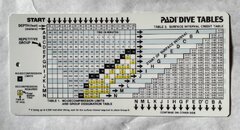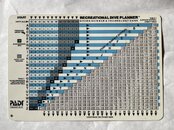Back in the day divers tended to be more fit, younger, and in general better shape.
And all males for US and Royal Navy test subjects and DCS reports from the fleets. The first female US Navy diver was in 1973. I have no idea if gender makes enough difference to impact algorithms or not, or if there is enough data available to refine them.
We did daily PT (Physical Training) when operations allowed, including divers in their early 50s on their last tour of duty before retiring after 30 years. It is not unusual for people to start diving in their 50s today and keep going for 30+ years.
The RGBM implementation on the Atomic Cobalt computer does want your date of birth, so I'm guessing adjusts the calculation for age.





